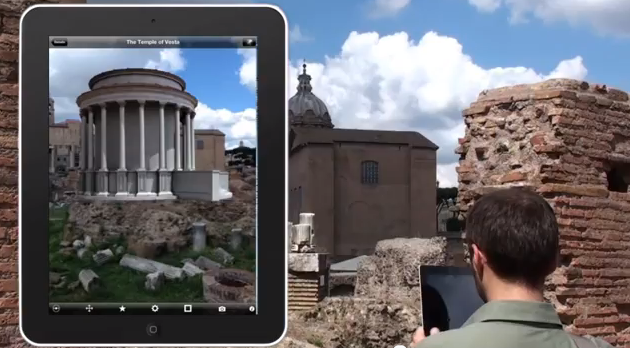On Thursday, I attended the second day of the Archaeology department’s Postgraduate symposium, at which every PhD student is expected to deliver an annual presentation on their research. Part timers like me are required to only present every other year, so this time I was an audience member only, and Chair for one session. I hadn’t managed to go to the first day, because I was at work. Here are some selected personal highlights of the day.
Eleonora Gandolfini kicked the day off introducing her work on MOOCs, local communities and cultural heritage. She’s looking at how the global might become local to engage communities in the archaeology of what is close to them – for a start, she’s been creating text translations of our Portus MOOC into Italian. Here presentation included a couple of pleasant surprises for me: the first mention I’d heard that Portus has a past life as a safari park (which I’m sure wasn’t news to most of my peers), and a reference to, and display of, my virtual Lego model of Building 5!
Dan Joyce followed with a review at all the low-cost technology that can be used in archaeology, then Danielle Newman looked at using ethnographic techniques to interview archaeologists on public engagement. Her mention of the difficulties of how different professional communities using terminology differently struck a chord with me, interpretation, for example, is word that I and my archaeologist peers use very differently I think.
For example, Trevor Rowe talked about how Augmented Reality, which most people only think of as an not-quite-there-yet technology for interpreting the past to visitors, might be used to help archaeological interpretation of data while on site. Later in the day, when Elizabeth Richley was talking about her work combining different data sources in 3D, I wondered when her work would be combined with Trevor’s to create “Archaeologist Goggles.”
In the following session, the presentation that stood out for me and, it seemed, excited the room was Leah Holguin’s talk on Disappearing Landscapes of the Gobi Desert. It seemed a lot of people wanted to share her adventures, and I must admit, with all that sand and isolation, it felt like “real” Indiana Jones style, archaeology.
I chaired a session on walls, with Nicholas Dugdale skyping in to present his analysis of Roman marble shipping, Katherine Crawford and Isobel Pinder with two different takes on Roman religious processionals, and James Miles updating us on his structural analysis of Winchester Cathedral.
The final session ended with a really tough question for Peter Brugger who is researching the use of 3D printed versions of artefacts in museums. He was challenged with a question that amounted to “what’s the point?” After all, it doesn’t weight the same, or even feel the same, its by no means a replica – what is the learning outcome of a visitor interacting with it? But something he had said in his presentation made me think he already had the answer, that fiddling with the plastic version drew visitors’ attention to the real thing. So I wonder if its not an interpretive medium as such, but should be considered rather more like museum lighting, an atmospheric, sensory effect that help people understand where to look.
Well that’s a whistlestop tour of my notes from the day, there were plenty of other presentations as well, but I’m off to Italy shortly, so that’s all you get from me.
 But my arms get tired.
But my arms get tired. 




